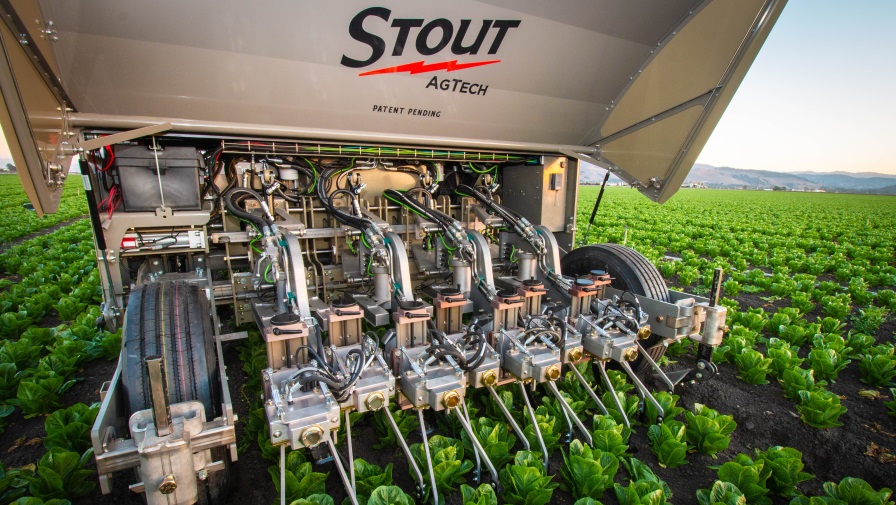Strong Roots = Better Fruits

Rootstock use in tree fruit crops has greatly enhanced the adaptability and longevity of orchards worldwide. Budded or grafted fruit trees are composed of the scion (fruiting portion) and the rootstock (rooting portion). Rootstocks enhance tree adaptability by providing disease and/or nematode resistance, tolerance to high or low soil pH, and might impart certain cultural advantages, such as dwarfing and early fruiting. Peach rootstocks adapted to high-chill zones have been developed by several breeding programs worldwide; however a unique challenge exists in Florida.
A root-knot nematode found in Gainesville (1966) was thought to be a new race of root-knot nematode that targeted several other peach root systems throughout the U.S. In 2004, it was identified as a different species and was named the “peach root-knot nematode.” While it continues to be reported only in Florida, it is not exclusive to the peach and has been found in several vegetable and ornamental crops throughout the state.
Red For Rootstock
Dr. Wayne Sherman, UF/IFAS, released a red-leafed peach rootstock named Flordaguard with resistance to peach root-knot nematode in 1991. The red-leaf characteristic was desired as a marker to differentiate rootstock (red) and scion (green) shoots. Like most red-leaf peaches, the red coloration in the leaves fades to a dark green as the leaves fully expand and mature under high temperatures, until only the mid-vein retains a red coloration. Additionally, nursery personnel working with seedlings of Flordaguard will notice that this rootstock has another unique characteristic in that the seedlings vary widely in the speed with which the expanding leaves lose their characteristic red-leaf color. This rootstock is the primary rootstock recommended for commercial peach production in Florida. However, one notable weakness of this rootstock is its susceptibility to Botryosphaeria dothidea, an organism that can cause fungal gummosis in peach.
Taking Stock
Here’s a rundown of the characteristics of rootstocks that have potential in Florida.
- Flordaguard — Released in 1991 by the Florida Agricultural Experiment Station. Flordaguard has red leaves and good tolerance to the peach root-knot nematode. Flordaguard is susceptible to B. dothidea, which can cause fungal gummosis. There is no effective control for this disease, thus it is recommended that trees be managed to avoid drought, flooding, or nutritional stress. This rootstock is typically propagated by seed; although outcrosses (with reduced intensity red leaf color in the shoot tips) must be rogued out to ensure peach root-knot nematode tolerance. Flordaguard also can be propagated by softwood cuttings or tissue culture of seed source trees.
- Sharpe — Released in 2008 by USDA-ARS and the Florida Agricultural Experiment Station. Sharpe is a plum hybrid rootstock tolerant to sites where Armillaria root rot and/or peach tree short life are present. The leaves are a typical green color, as for a standard plum tree. Sharpe rootstock can be propagated by softwood or hardwood cuttings. Trees are semi-dwarf, but with somewhat reduced annual yields and fruit size when compared to a standard-size peach rootstock.
- MP-29 — Released in 2011 by USDA-ARS and the Florida Agricultural Experiment Station. MP-29 has red leaves and is a clonal interspecific hybrid (plum x peach) rootstock, which must be propagated by cuttings or tissue culture. MP-29 has significantly better resistance to peach tree short life and Armillaria than available peach rootstocks. It also appears to have resistance to the peach root-knot nematode. It has shown semi-dwarfing potential with good yield efficiency and fruit size when budded with Redhaven peach in Central Georgia tests with Florida peach varieties were initiated in 2012.









